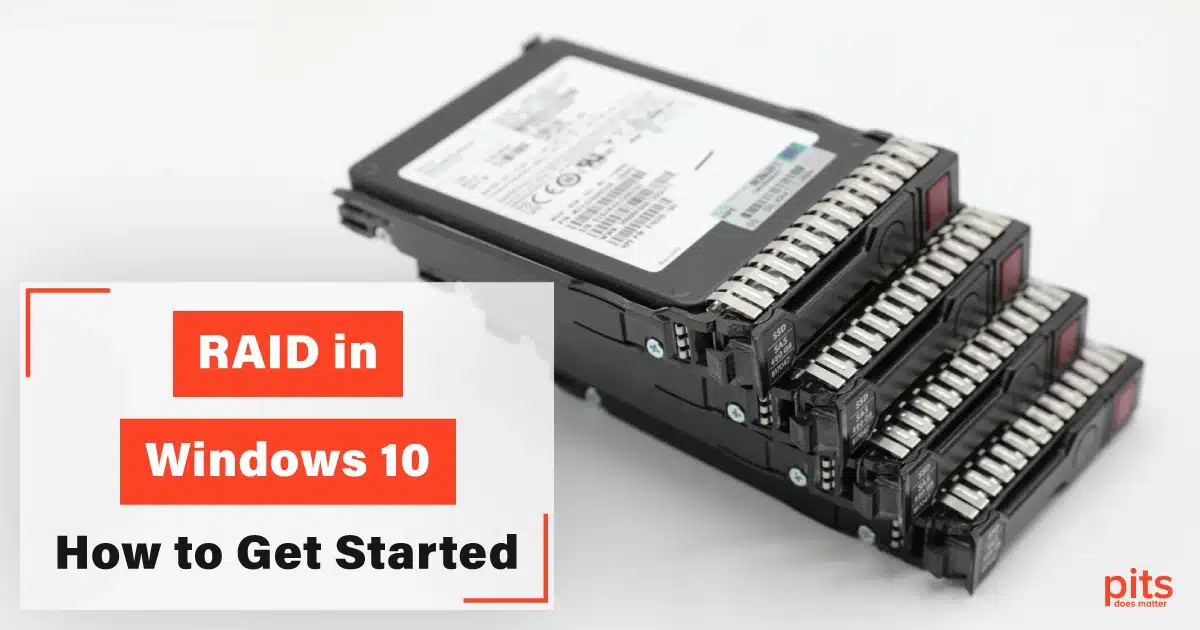RAID (Redundant Array of Independent Disks) is a data storage technology that uses multiple disk drives to provide data redundancy and improve performance. RAID configurations come in several levels, each with different advantages and disadvantages.
For example, RAID 0 stripes data across multiple drives to improve performance, while RAID 1 and RAID 5 use several drives to provide data redundancy. However, despite the benefits of RAID technology, there is a risk of data loss in case of RAID controller failure.
A RAID controller is a specialized hardware component that manages the disk drives in a RAID array. When a controller fails, the RAID array becomes unavailable, and the data stored on the disk drives can be lost. In this blog, we will discuss the causes of RAID controller failure, the consequences of a controller failure, and how you can recover your data.
Causes of RAID Controller Failure
Although RAID provides improved data reliability, the protection it offers can be compromised by failures of RAID controllers. In this section, we examine the main factors behind the occurrence of RAID controller failures.
Hardware Malfunctions
Over time or unexpectedly, hardware components in RAID controllers can deteriorate or malfunction for multiple reasons, such as electrical problems, excessive heat, or manufacturing flaws. These issues can disrupt the accessibility and integrity of data, leaving the RAID array inoperable.
Overloading
Exceeding a RAID controller’s specified capacity or performance limits can strain its resources, resulting in diminished performance or potential failure. It is crucial to appropriately size the controller for the workload at hand to prevent issues related to overloading.
Configuration Errors
Misconfigurations, whether occurring during initial setup or subsequent modifications, can greatly impact RAID controllers’ performance and data integrity. Mistakes such as choosing the wrong RAID level, assigning drives incorrectly, or misconfiguring cache settings can result in the loss of data or instability in the system.
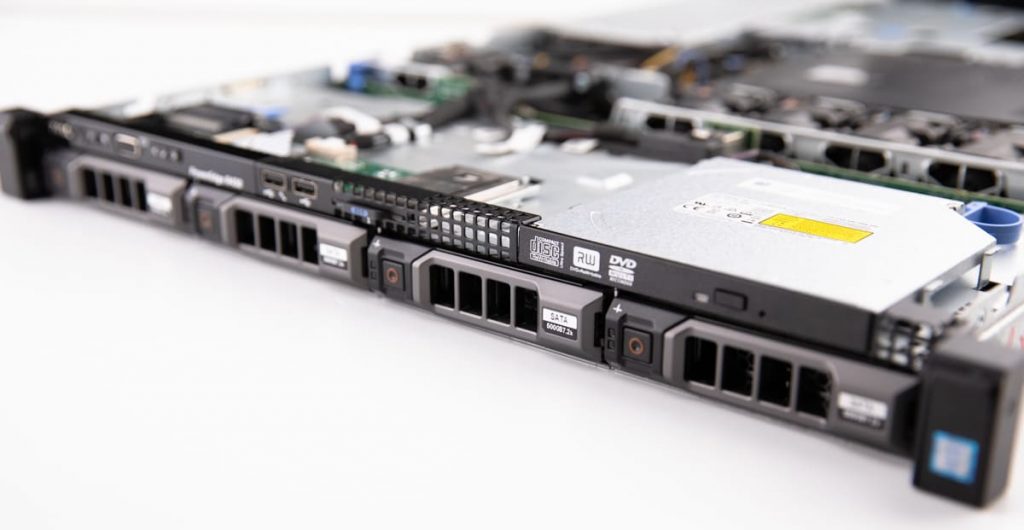
Power Surges and Electrical Problems
Like other electronic devices, RAID controllers can be vulnerable to harm caused by power surges, fluctuations, or electrical storms. Sudden power outages or voltage spikes have the potential to damage the components of the controller, leading to potential failures.
Environmental Factors
Extreme temperatures, humidity, and dust can affect the durability and dependability of RAID controllers. Utilizing the controller in environmental conditions beyond its specified range can lead to early malfunction.
Inadequate Cooling
RAID controllers produce heat during operation. The absence of adequate cooling methods, such as fans or heat sinks, can lead to controller overheating, which may cause hardware damage and failure.
Third-Party Software and Drivers
Compatibility problems and instability may arise if incompatible or outdated third-party software or drivers are used, which can impact the functionality of the RAID controller.
Aging Components
As RAID controllers age, the components inside them may experience degradation or wear and tear. Specifically, capacitors might deteriorate with time, resulting in power-related problems and eventual controller failure.
What Happens if RAID Controller Fails
When a RAID controller fails, the RAID array becomes unavailable, and the data stored on the disk drives can be lost. Depending on the RAID level, the consequences of a controller failure can range from a simple inconvenience to a significant data loss.
For example, a single drive failure in a RAID 0 configuration can result in complete data loss, as the data is striped across multiple drives. A single drive failure in a RAID 1 configuration does not result in data loss, as the data is mirrored across multiple disks.
What to do to Prevent RAID Controller Failure and Data Loss
In case of RAID failure, it is important to act quickly to recover your data. The longer you wait, the greater the risk of complete data loss.
One of the most effective ways to prevent RAID controller failure is to ensure that any hardware components used in the RAID setup are high quality. All parts should be sourced from a reliable supplier and thoroughly tested before being included in a RAID configuration. If a component fails or does not meet the required specifications, it should be replaced with one that does.
Additionally, regular maintenance of the RAID system is important to keep it running optimally. This may include cleaning and replacing components as needed, updating firmware and software, and testing for compatibility issues between different elements.
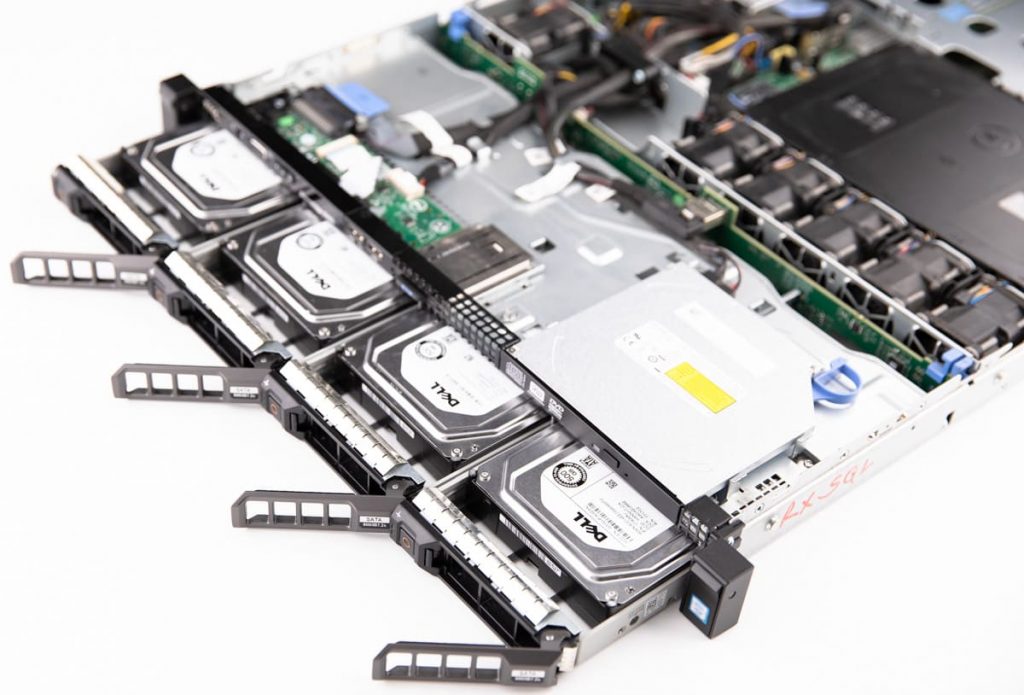
Backup plans should also be in place in case of a hardware failure so that data stored on the RAID array can quickly be recovered. With proper prevention and maintenance measures, businesses can ensure that their RAID controllers remain reliable and secure for years to come.
By taking these preventive measures, users can ensure that their RAID controllers remain reliable and secure for years to come.
Nevertheless, data loss on RAID can sometimes still be unavoidable. When facing a file’s inaccessibility on a RAID array, it is critical to entrust your case to professionals who perform a safe recovery process.
Our Recovery Process
PITS Global Data Recovery Services offers professional solutions for RAID systems regardless of their levels, number of drives, and storage capacity. We provide our data recovery service throughout the United States and are ready to help you with your needs anywhere.
Our engineers specialize in recovering data from damaged or failed storage devices, including RAID arrays. We use advanced techniques, such as disk imaging and data extraction, to do this.
Our recovery process involves several steps
Analysis
We will analyze the RAID array to determine the cause of the controller failure and the best recovery method.
Disk Imaging
We will create a disk image of the failed RAID array, which is used to recover the data.
Data Extraction
We will extract the data from the disk image and store it on a different storage device.
Data Verification
We will verify the recovered data with you to ensure that it is in good condition.
Start your data recovery process with our team today by filling out the form below.
Frequently Asked Questions
What happens if a RAID controller fails?
If a RAID controller malfunctions, it can result in the unavailability or loss of data since the controller oversees the operations of the RAID array. The severity of the consequences relies on the RAID level and the amount of redundancy implemented. In the majority of instances, urgent measures are necessary to substitute or fix the faulty controller and retrieve the RAID array.
How do I fix a RAID controller error?
When confronted with a RAID controller error, resolving the issue typically entails the replacement or repair of the controller hardware. Furthermore, if the controller failure renders the RAID array inaccessible, data recovery services can assist in retrieving the data. It is advisable to consult professionals who specialize in RAID systems for a secure data recovery process.
How do I know if my RAID controller is bad?
Common indicators of a malfunctioning RAID controller may encompass data read/write issues, non-responsive RAID management software, or abnormal system behavior. Leveraging monitoring tools can aid in identifying hardware problems. If you suspect a faulty RAID controller, it is advisable to seek guidance from the experts for a comprehensive evaluation and diagnosis.
Can a RAID controller be replaced?
Yes, it is indeed possible to replace a RAID controller. The process generally entails powering down the system, removing the defective controller, and replacing it with a new one. However, it’s crucial to carry out this procedure cautiously to prevent any data loss or damage. To ensure a seamless replacement, refer to your hardware documentation or consider seeking professional help.
Related Blogs
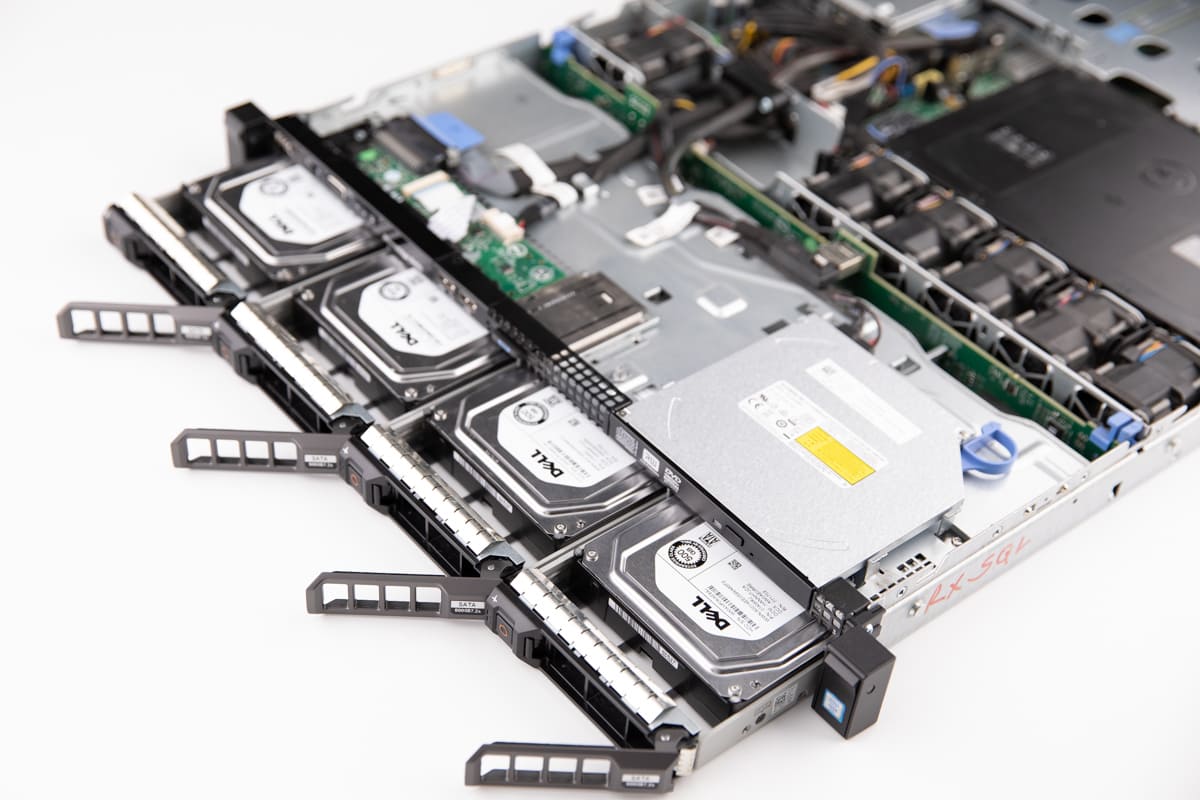
RAID 50 vs RAID 60: Making the Right Choice
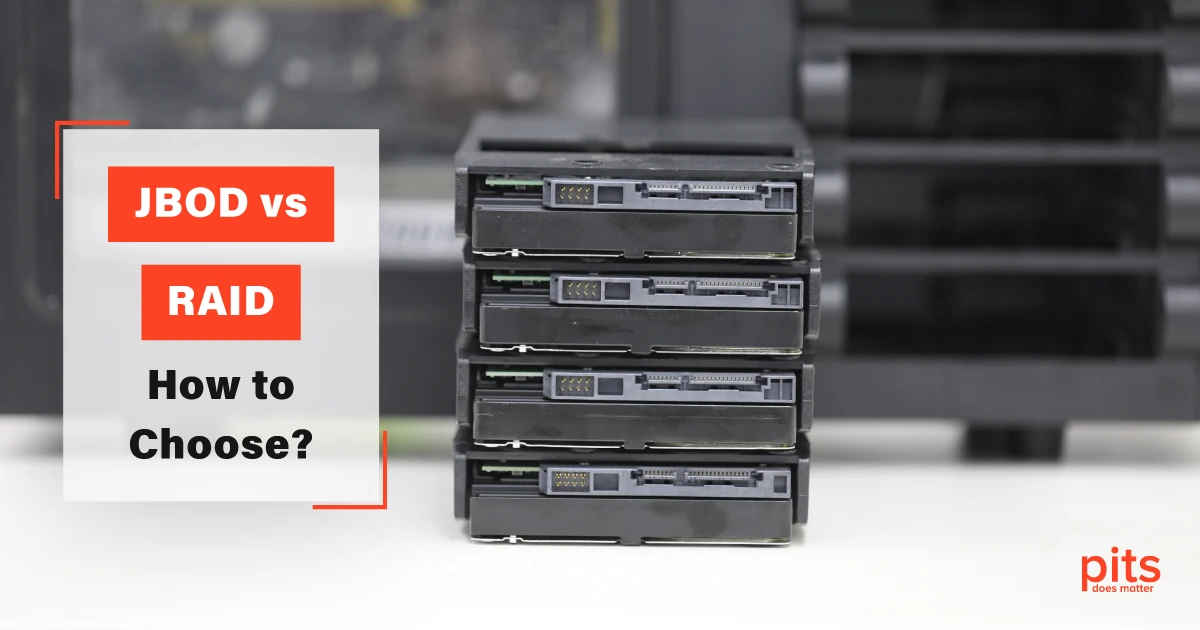
JBOD vs. RAID – How to Choose
